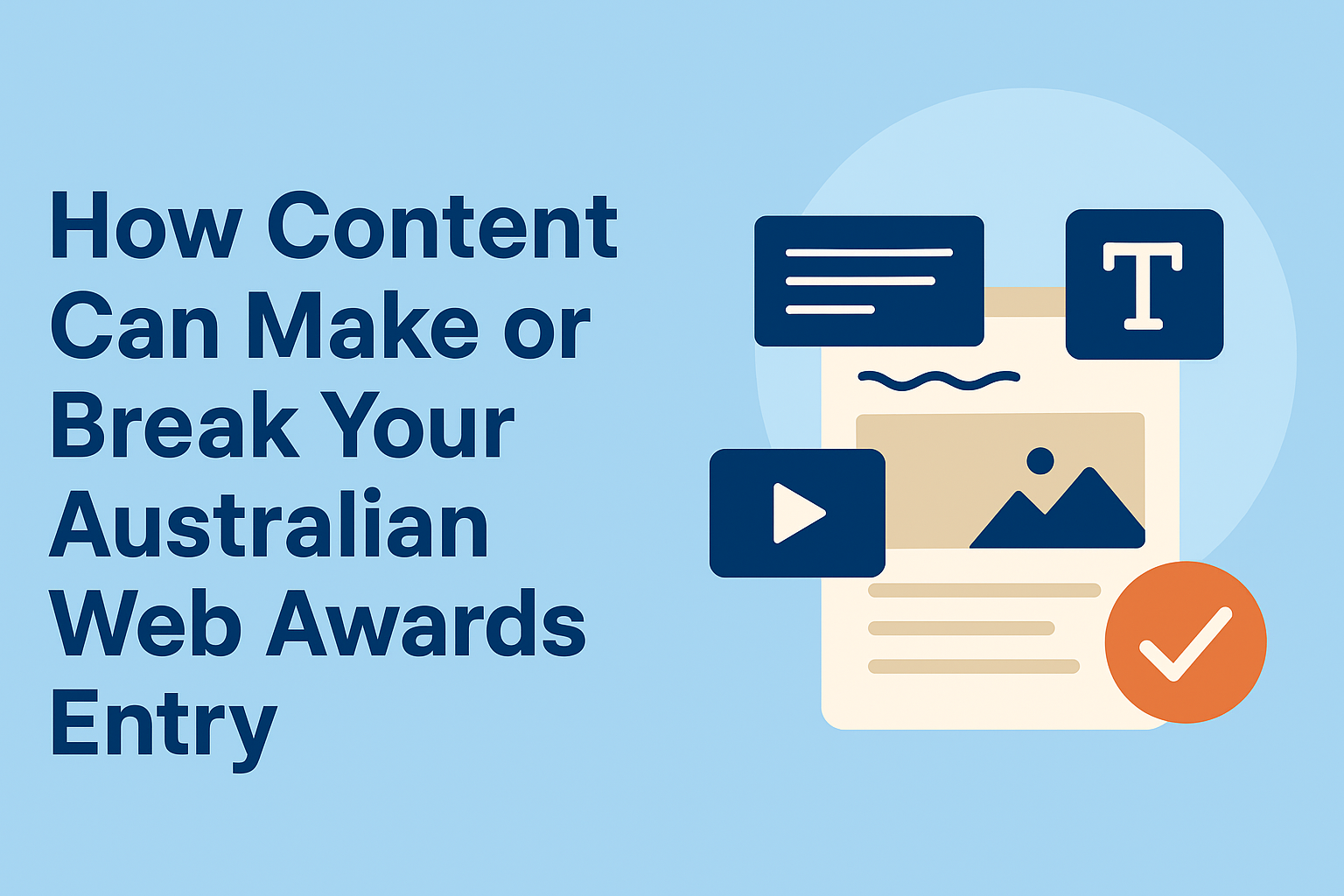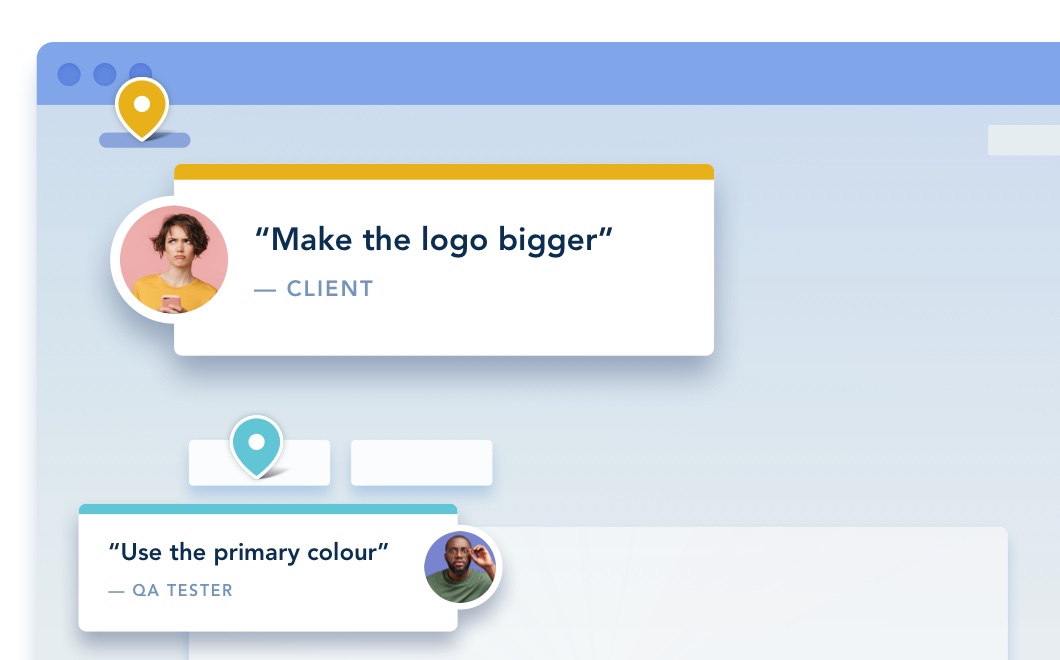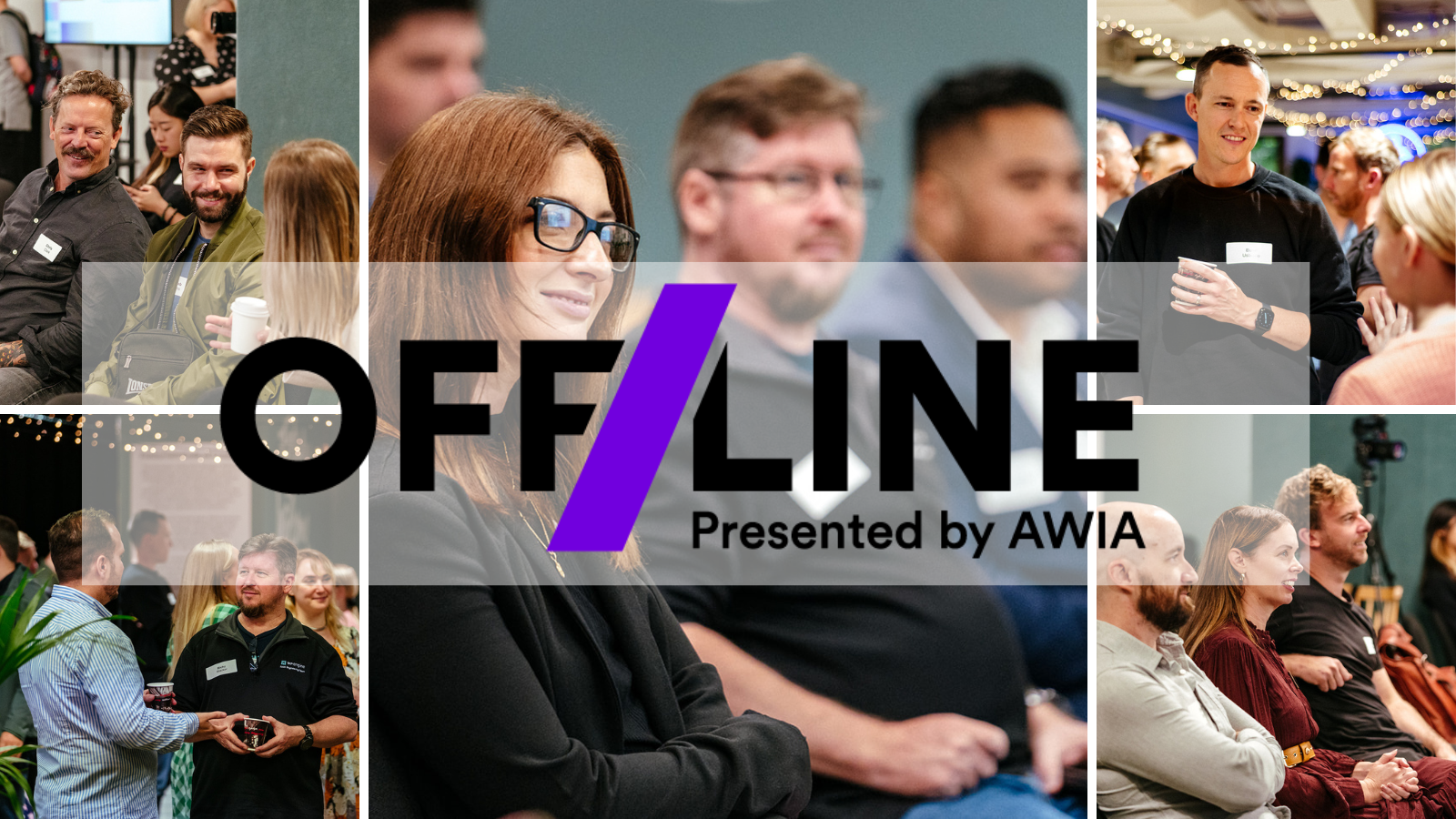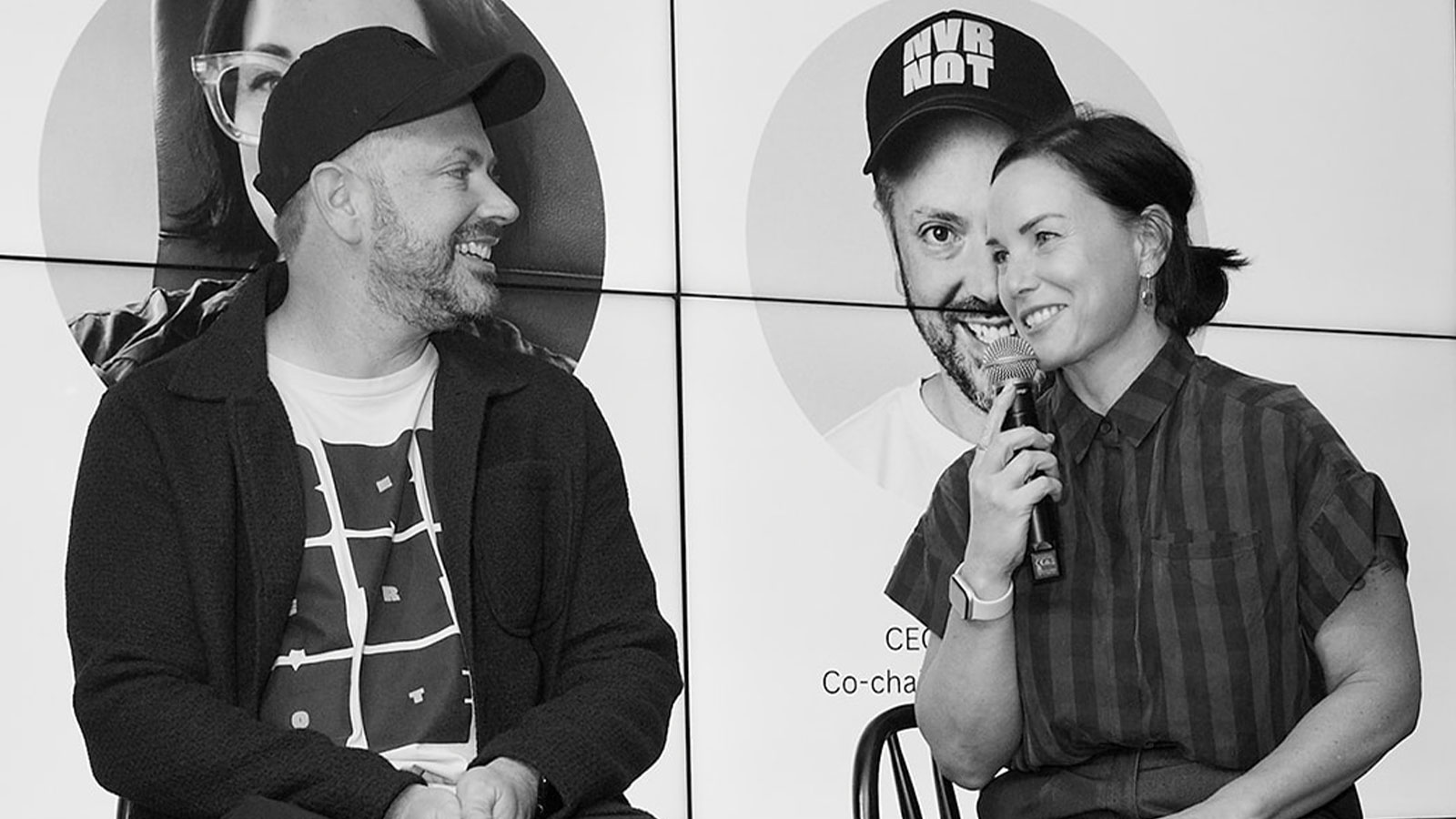How to Improve Your Accessibility Score in the Australian Web Awards | AWIA
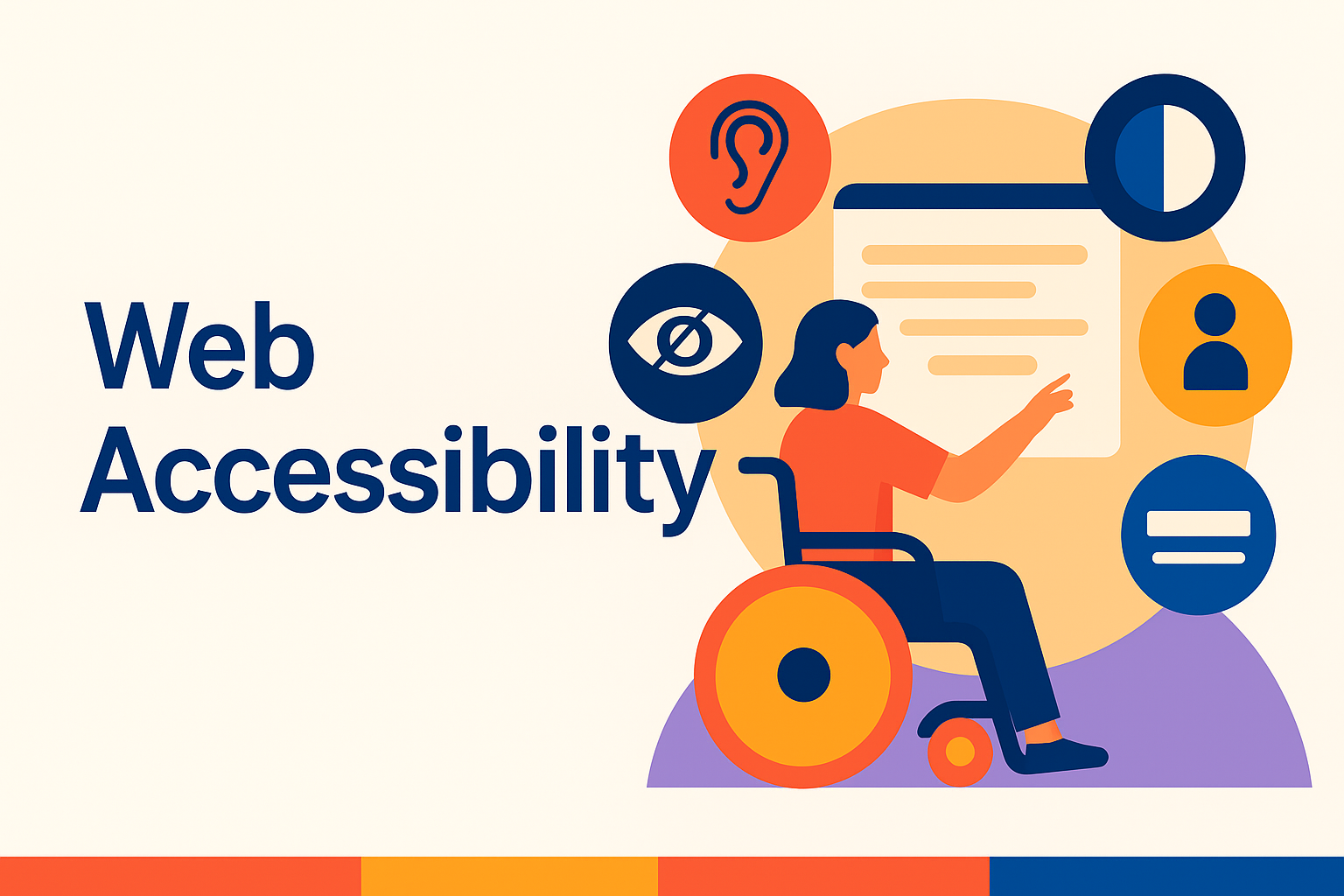
Every day, almost 5 million Australians with disabilities navigate a digital landscape that makes everyday tasks seem like an obstacle course. From online banking that won't talk to screen readers, to booking systems that trap keyboard users in endless loops – these barriers have real consequences.
But here's the good news: there are a growing number of Australian digital professionals who are doing something about it – and dominating the Australian Web Awards (AWA) with their hard work.
In this article, we share five ways you can improve your score in accessibility and boost your chances of nabbing a coveted Australian Web Award!
What do AWA accessibility judges look for?
Each year, our Australian Web Awards (AWA) judges review hundreds of entries across key digital disciplines, accessibility being just one. And, interestingly, each year, they come back to us with the same question: why are we still getting web accessibility so wrong?
What we’ve discovered in more than two decades of the awards is that teams that genuinely embrace accessible design often stand out. Why? They're swimming in a pretty shallow pool where the average accessibility score is a mere 1.2 out of 5.
Judging is completed by accessibility experts using a simple scale from 1-5: entries that score a 3-4 across all categories are typically finalists, while the winners usually score a 4-5.
With more than 300 entries to review each year, judges need to quickly identify whether accessibility has been considered from the start. Long-time accessibility judge and previous AWIA board director Chris Burke has developed a 90-second Accessibility Triage process now used by many of our esteemed judges.
“Accessibility isn’t about chasing perfection or ticking every box,” Chris explains. “It’s about creating digital experiences that more people can actually use – and that begins with getting the basics right.”
Here's what judges are looking for in those crucial first 90 seconds:
The foundation check
Clear page structure: Are there logical, unique page titles? Proper heading hierarchy? A "Skip to content" link?
Navigation that works: Can users move around with just a keyboard? Is the tab order logical? Is there visible focus on interactive elements?
HTML that makes sense: Are lists marked up as actual lists? Are tables used appropriately? Do structural elements do their intended jobs?
The user experience test
Keyboard accessibility: Can all interactive elements – menus, modals, forms, video players – be operated without a mouse?
Text and contrast: Is there sufficient colour contrast? Are links visually distinct? Can text be resized without breaking the layout?
Clear communication: Are images described meaningfully? Are links and buttons labelled uniquely (not just "Read more" everywhere)?
The form factor
Form usability: Are form fields labelled properly? Is there clear guidance? Do error messages actually help users?
Content accessibility: Are videos captioned? Are PDF downloads accessible? Are there any problematic overlays?
If your site doesn't clear these basic checks, judges simply don't have time to dig deeper. But if it does, you'll already be ahead of most entries.
5 ways to boost your accessibility score in the Australian Web Awards
1. Design for accessibility needs and you end up designing better for everyone
Clear navigation can help a stressed parent find what they need at 2am. Good colour contrast saves everyone squinting at their phones in bright sunlight. Captions help people watching videos in noisy cafés.
Good, accessible design caters to more than one type of user, one type of environment and one type of task. It’s not about designing for everyone, but when you adopt a mindset of inclusivity from day one, what you produce can be all the more impactful.
2. Bake accessibility into your process from day one (it really helps!)
The good news is that many high-impact accessibility improvements are relatively straightforward. It’s what Christian Fish from Sod champions, and what contributed to his team’s win for ‘Best in Show: Accessibility’ in the 2025 AWAs.
“Over the years, we’ve baked the fundamentals of accessibility into everything we do as an agency. Rather than treating accessibility as a checklist, we’ve driven a cultural shift so that best practice becomes second nature,” Christian shares.
“Guidelines provide direction, but creating truly inclusive digital products requires a deeper change in mindset, culture and approach. We started by helping our team understand why accessibility matters and the real impact it has on the people who interact with our products. That empathy sparked lasting change – from that moment, the team never looked back, with many saying the old ways of working now feel almost unthinkable.”
3. Test early and test often
Don't wait until AWA submission time to check accessibility. Build it into your process by:
Trying W3C's Easy Checks: This free guide covers the same basics our AWA judges look for.
Using real keyboards: Test navigation without a mouse regularly during development.
Checking with the right people: If possible, get feedback from people who actually use assistive technologies.
4. Adopt accessibility tools, but remember context
Many digital teams rely solely on automated accessibility tools, thinking that a ‘green light’ means they're compliant. However, these tools only catch about 30% of real accessibility issues. What they miss is context, user experience and many of the actual barriers that affect people.
We understand it can be difficult to perform user testing within a tight client or departmental budget, but even testing sites at different times of day with different team members is a good place to start.
5. If you don’t know, get the right expert support
Whether you or your team needs training, an audit, or guidance on where to begin, get input from an accessibility specialist to save time and avoid common errors. Many Australian agencies now offer accessibility consulting specifically for teams preparing AWA entries. Search AWIA’s member directory to find a specialist near you.
A more inclusive online space begins with your commitment to accessibility
When teams build with accessibility in mind, the ripple effects are pretty spectacular – you can see it in the most awarded AWA sites. So from today, we invite you to reassess your design process and add in steps that directly address accessibility needs from the start. We want to see as many entries into the 2026 AWA as possible score 5/5 for accessibility – but that can only happen if we all do better.
The Australian Web Awards recognise excellence across six core disciplines: Accessibility, Content, Design, Development, SEO, and User Experience. Subscribe to AWIA’s newsletter for 2026 awards updates, AWIA news and accessibility events as they’re released.
